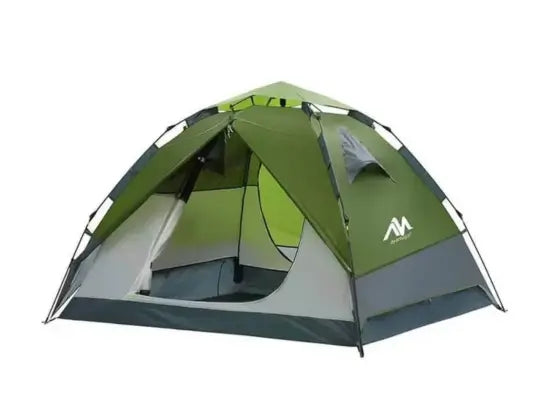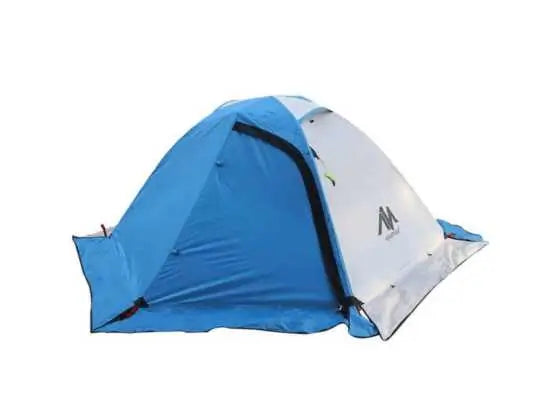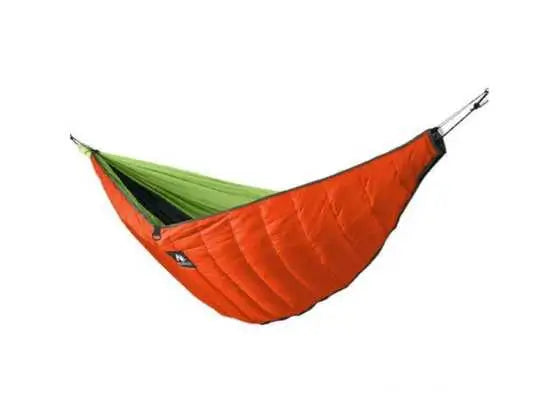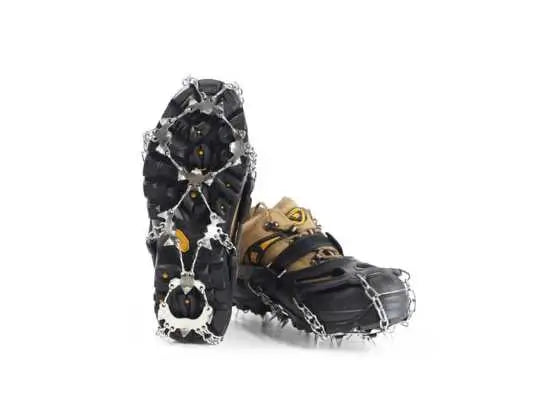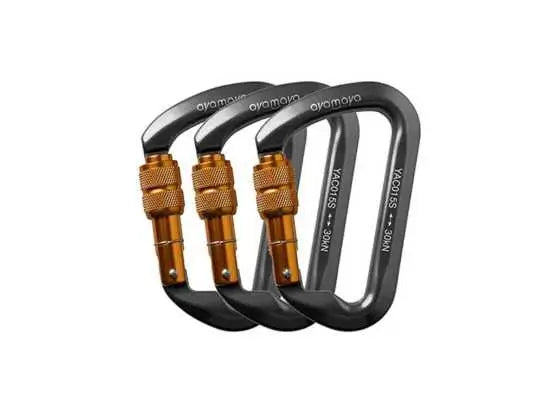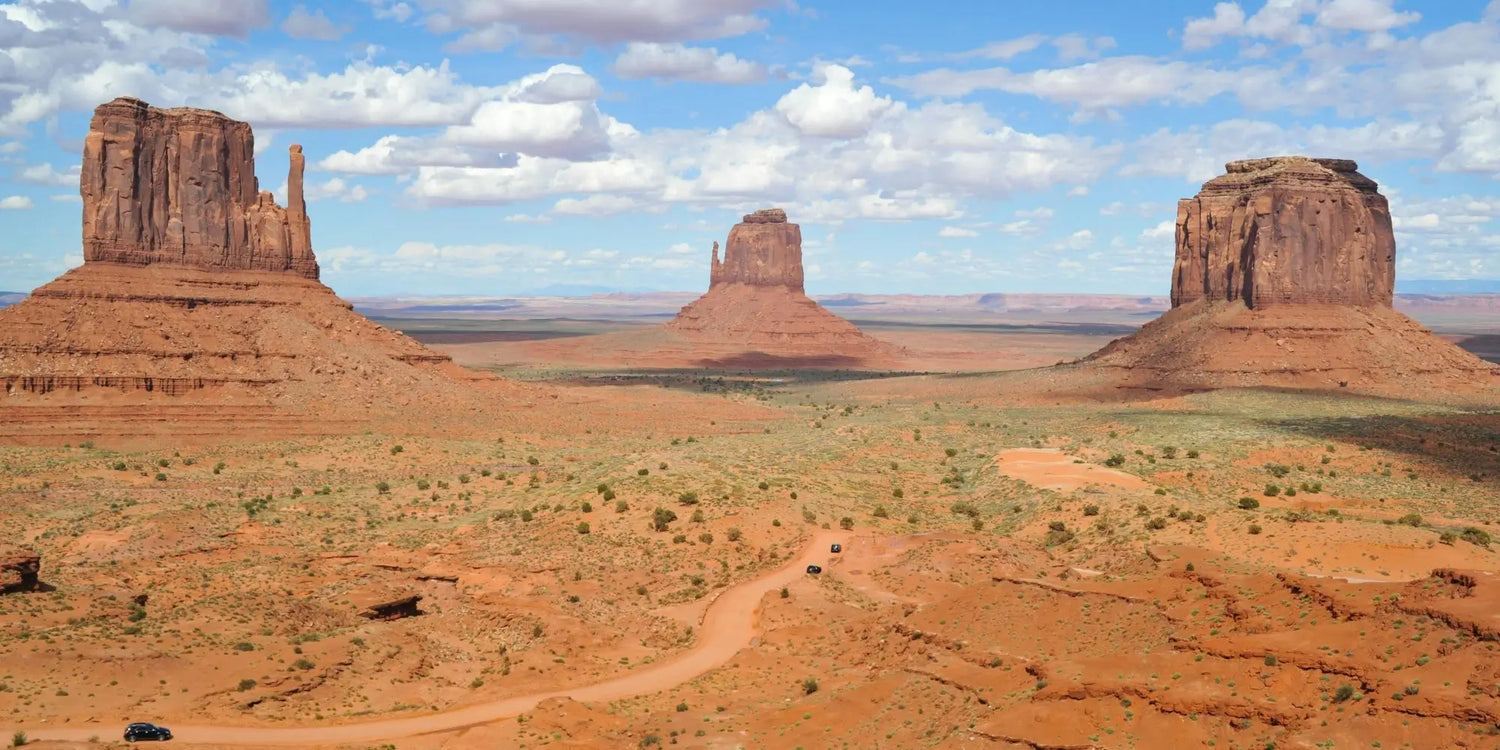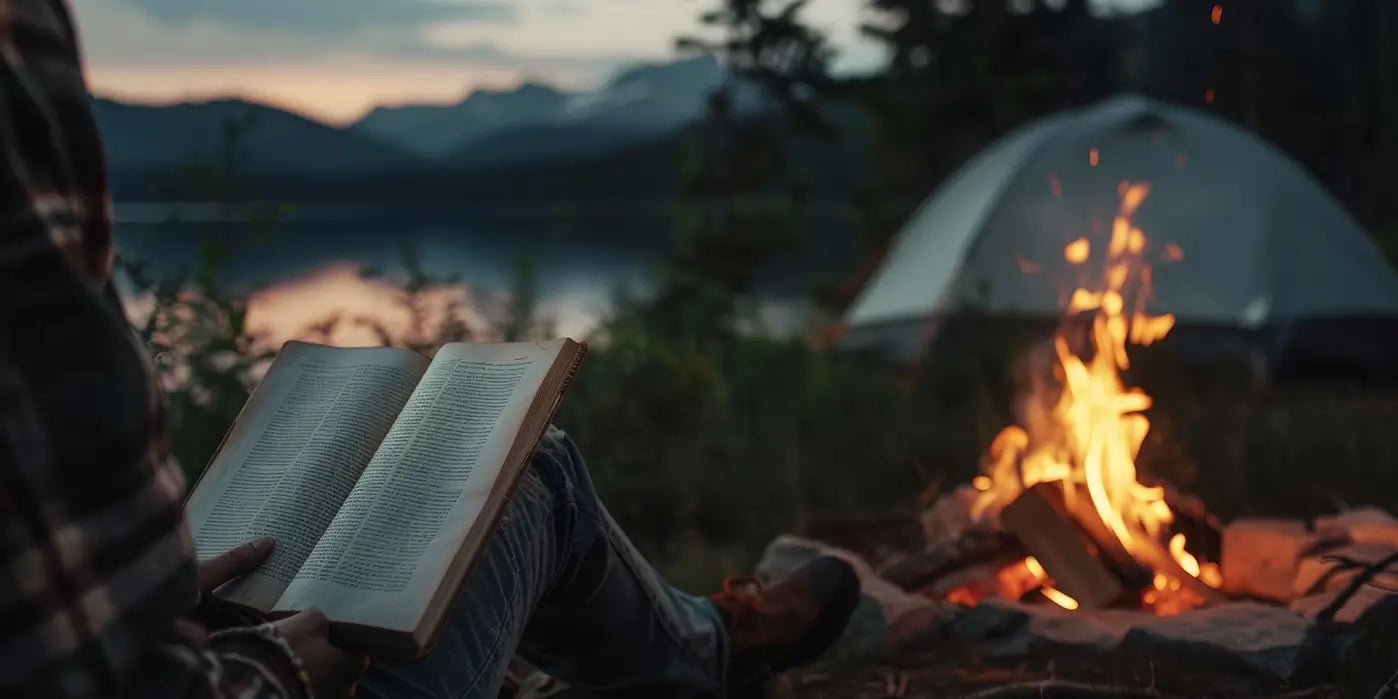Desert camping is not just about escaping the hustle and bustle of everyday life; it’s about embracing the raw, untamed beauty of nature and challenging yourself in an environment that’s as beautiful as it is demanding.
In this guide, we’ll take you through everything you need to know to make your desert camping trip a success. Whether you're a seasoned camper looking for a new challenge or a novice eager to explore the wilderness, you’ll find essential tips, gear recommendations, and safety advice to ensure a memorable and safe desert adventure.
Grab your gear and your sense of adventure, and let’s dive into the ultimate guide to desert camping. Get ready to discover why camping in the desert should be on every outdoor enthusiast’s bucket list!
Planning Your Desert Camping Trip
Research and Preparation
The first step in planning a desert camping trip is thorough research. Deserts can be unforgiving, and understanding the specific environment you’ll be exploring is crucial. Start by identifying the desert you want to visit, such as the Mojave, Sonoran, Sahara, or Gobi, and gather information on its unique characteristics.

- Climate and Weather Patterns: Research the typical weather conditions for the time of year you plan to visit. Deserts can experience extreme temperatures, with scorching heat during the day and freezing cold at night.
- Terrain and Accessibility: Study maps and satellite images to get a sense of the terrain. Look for established trails and campsites, and note any difficult-to-reach areas that might require special equipment or a high-clearance vehicle.
- Local Wildlife and Plants: Familiarize yourself with the flora and fauna of the desert. Knowing what animals and plants you might encounter can help you prepare and stay safe.
Best Times to Go
Timing is everything when it comes to desert camping. The best times to camp in the desert are typically in the cooler months of spring and fall.
- Avoiding Extreme Heat: Summer temperatures in deserts can soar above 100°F (38°C), making daytime activities dangerous. Spring and fall offer milder temperatures that are more suitable for hiking and camping.
- Enjoying Comfortable Nights: Desert nights can be surprisingly cold, especially in the winter. Spring and fall provide a more moderate climate, reducing the risk of extreme nighttime cold.
Additionally, consider the following:
- Check for Seasonal Events: Some deserts host unique seasonal events, such as wildflower blooms or wildlife migrations. Timing your trip to coincide with these events can enhance your experience.
- Crowds and Solitude: Popular desert destinations can become crowded during peak seasons. If you prefer solitude, plan your trip for the shoulder seasons or weekdays.
Proper planning and preparation are the foundations of a successful desert camping trip. By taking the time to research you can ensure a safe and enjoyable adventure in one of the world's most unique and beautiful environments.
Essential Gear for Desert Camping
Shelter
A reliable shelter is crucial for protecting you from the extreme elements in the desert. Here are some considerations:
- Tent: Choose a tent that is lightweight yet sturdy enough to withstand high winds. A three-season tent is usually sufficient, but ensure it has good ventilation to prevent condensation and stay cool during the day.
- Sunshade or Tarp: A sunshade or tarp can provide essential relief from the sun during the day. Set it up over your campsite or use it to create a shaded area for rest and cooking.
- Groundsheet: A durable groundsheet can protect the bottom of your tent from sharp rocks and prickly vegetation. It also provides an extra layer of insulation against the cold ground at night.
Sleeping Gear
- Sleeping Bag: Opt for a sleeping bag rated for the nighttime temperatures you expect. In deserts, a sleeping bag rated for cool to cold weather is often necessary due to significant temperature drops after sunset.
- Sleeping Pad: A high-quality sleeping pad provides insulation and comfort on hard, rocky ground. Look for one that offers good thermal insulation (R-value) to keep you warm at night.
- Pillow: A compact, inflatable pillow or a stuff sack filled with soft clothing can make a big difference in comfort.
Clothing
- Layering: Dress in layers to adapt to the changing temperatures. Lightweight, moisture-wicking base layers keep you cool during the day and warm at night.
- Sun Protection: Wear long-sleeved shirts, long pants, and a wide-brimmed hat to protect your skin from the sun. Lightweight, breathable fabrics with UPF (Ultraviolet Protection Factor) are ideal.
- Insulation: Pack a warm jacket or fleece for chilly nights and early mornings. Down or synthetic insulated jackets are lightweight and packable.
- Footwear: Sturdy hiking boots or shoes with good traction are essential for navigating rocky and sandy terrain. Gaiters can help keep sand and debris out of your shoes.
- Accessories: Sunglasses with UV protection and a bandana or Buff can protect your face and neck from sun and wind.
Cooking and Food Storage
- Portable Stove: A lightweight, portable stove is essential for cooking in the desert. Gas canister stoves are easy to use and widely available. Be sure to check fire regulations as open flames may be restricted.
- Cookware: Compact and lightweight cookware, such as a pot, pan, and utensils, is ideal. Look for nesting cookware sets to save space.
- Food: Choose non-perishable, high-calorie foods that require minimal preparation. Dehydrated meals, nuts, dried fruits, and energy bars are good options.
- Water Storage: Carry more water than you think you’ll need. Collapsible water containers and hydration bladders are convenient for carrying and storing water. Aim for at least one gallon (3.8 liters) per person per day.
- Water Purification: Even in the desert, having a water purification method is wise in case you need to use natural water sources. Options include water filters, purification tablets, and UV purifiers.
Preparing the right gear for your desert camping trip ensures you stay comfortable and safe while enjoying the unique beauty of the desert landscape.
Staying Safe
Sun Protection
The desert sun can be intense and relentless, making sun protection vital for your safety and comfort.
- Clothing: Wear long-sleeved, lightweight, and loose-fitting clothing to protect your skin from the sun. Fabrics with a high UPF rating provide extra protection.
- Hats and Sunglasses: A wide-brimmed hat shields your face, neck, and ears. Sunglasses with UV protection prevent eye damage and reduce glare.
- Sunscreen: Apply a broad-spectrum sunscreen with an SPF of 30 or higher to all exposed skin. Reapply every two hours and after sweating or swimming.
- Shade: Create shaded areas using tarps, sunshades, or even natural features like rock overhangs. Take breaks in the shade to avoid overheating.
- Basic Supplies: Include bandages, antiseptic wipes, adhesive tape, gauze pads, tweezers, scissors, and a digital thermometer.
- Heat-Related Illnesses: Pack supplies to treat heat exhaustion and heat stroke, such as oral rehydration salts, electrolyte tablets, and a cooling cloth.
- Insect Bites and Stings: Carry insect repellent, antihistamines, and a sting relief pen to treat bites and stings from insects like ants, bees, and spiders.
- Blisters and Foot Care: Include blister treatment supplies like moleskin, blister pads, and foot powder to keep your feet dry and comfortable.
- Personal Medications: Bring extra doses of any prescription medications you need, along with a copy of your prescriptions in case of emergencies.

Wildlife
Encounters with wildlife are common in the desert. Understanding how to interact safely with animals and insects is crucial.
- Snakes: Stay alert for snakes, especially when walking through rocky or grassy areas. Watch where you step and place your hands.
- Insects: Use insect repellent to protect against bites from mosquitoes, ants, and other insects. Shake out your shoes and clothing before putting them on to avoid surprises.
- Large Animals: In some deserts, you may encounter larger animals like coyotes or wild burros. Keep a safe distance and do not feed or approach them.
- Food Storage: Store food securely in airtight containers to avoid attracting animals to your campsite. Use a bear canister if you’re in an area where they’re required.
Weather Awareness
Desert weather can be unpredictable and extreme. Stay informed and prepared for sudden changes.
- Heat: Plan your activities to avoid the hottest parts of the day, typically between 10 a.m. and 4 p.m. Wear light-colored clothing and take frequent breaks in the shade.
- Cold Nights: Even in the hottest deserts, nighttime temperatures can drop significantly. Bring warm clothing and a sleeping bag rated for cold temperatures.
- Sandstorms: Sandstorms can occur suddenly and reduce visibility to almost zero. If you encounter a sandstorm, seek shelter immediately, cover your face with a cloth, and wait for it to pass.
- Flash Floods: Deserts can experience sudden, heavy rains that cause flash floods. Avoid camping in dry riverbeds or washes, and be aware of the weather forecast. If you hear thunder or see signs of a storm, move to higher ground immediately.
Proper preparation and awareness are key to staying safe and making the most of your desert adventure.
Activities to Enjoy While Desert Camping
Hiking and Exploration
Deserts offer a variety of unique landscapes to explore, from vast sand dunes to rugged rock formations.
- Trails and Routes: Research and choose trails that match your skill level. Popular desert hiking spots include Joshua Tree National Park, Death Valley, and the trails around Moab, Utah. Each desert has its own distinctive terrain and attractions.
- Landmarks: Look for natural landmarks such as rock arches, canyons, and unique geological formations. For example, the Wave in Arizona offers stunning, wave-like rock formations, while the Mesquite Flat Sand Dunes in Death Valley provide a surreal landscape of rolling sand dunes.
- Navigation: Always carry a map and compass, even if you have a GPS. Deserts can be disorienting, and it’s easy to lose your way among the repetitive landscape features. Stay on marked trails when possible.

Stargazing
The desert’s clear skies and lack of light pollution make it an ideal place for stargazing.
- Best Viewing Spots: Find an open area away from any artificial lights. Higher elevations can offer even better views. Popular stargazing locations include Anza-Borrego Desert State Park in California and Big Bend National Park in Texas.
- Equipment: Bring a telescope or binoculars for a closer look at celestial objects. A star chart or stargazing app can help you identify constellations, planets, and other celestial bodies.
- Meteor Showers: Time your visit to coincide with major meteor showers, such as the Perseids in August or the Geminids in December. These events can provide spectacular nighttime displays.
- Astrophotography: If you’re into photography, the desert offers excellent conditions for astrophotography. Use a DSLR camera with a tripod and a wide-angle lens to capture the Milky Way and other celestial wonders.

Photography
- Golden Hours: The best times for desert photography are during the golden hours—shortly after sunrise and before sunset. The low angle of the sun creates long shadows and enhances the colors of the landscape.
- Subjects: Focus on capturing the diverse desert features, such as sand dunes, rock formations, cacti, and wildlife. Play with the contrasts between the harsh environment and the delicate flora and fauna that inhabit it.
- Techniques: Experiment with different techniques, like time-lapse photography to capture the movement of stars or macro photography to highlight the details of desert plants and insects.
Cultural and Historical Sites
Deserts are rich in cultural and historical significance, often home to ancient civilizations and unique archaeological sites.
- Indigenous Cultures: Learn about the indigenous peoples who have lived in the desert for thousands of years. Many deserts have guided tours and interpretive centers where you can learn about their traditions, crafts, and way of life.
- Historical Landmarks: Visit historical sites such as old mining towns, petroglyphs, and ancient ruins. For instance, the ruins of Chaco Canyon in New Mexico reveal the remnants of a sophisticated ancient civilization.
- Museums and Visitor Centers: Many desert areas have visitor centers or museums that provide information about the natural and cultural history of the region. These can enhance your understanding and appreciation of the desert.
Whether you’re hiking through rugged terrain, gazing up at a star-filled sky, capturing stunning photographs, or exploring cultural sites, the desert offers a wealth of opportunities for adventure and discovery.
Conclusion
Desert camping is an extraordinary adventure that offers a unique blend of solitude, beauty, and challenge. From the mesmerizing landscapes and stunning sunsets to the profound silence and clear night skies, the desert provides an unparalleled backdrop for outdoor enthusiasts.
We hope this guide has inspired you to embark on your own desert camping adventure. The desert’s stark beauty and serene environment can be both invigorating and restorative, providing a perfect escape from the hustle of everyday life. As you prepare for your trip, remember to respect the fragile desert ecosystem and be mindful of your impact on the environment.
Additional Resources
To further assist you in planning and enjoying your desert camping adventure, we’ve compiled a list of additional resources that can provide valuable information and enhance your experience.
Links to Gear Reviews:
- Outdoor Gear Lab: Comprehensive reviews and comparisons of camping gear, including tents, sleeping bags, backpacks, and more.
- REI Co-op Expert Advice: Detailed reviews and buying guides for a wide range of outdoor equipment.
- Backpacker Magazine: Reviews of the latest camping gear, along with field-tested recommendations and tips from experienced backpackers.
- Switchback Travel: Gear guides and reviews focused on camping, hiking, and other outdoor activities.
Websites:
- National Park Service: Official information on camping in U.S. national parks, including desert parks like Joshua Tree and Death Valley.
- Bureau of Land Management: Information on camping and recreational opportunities in desert lands managed by the BLM.
- DesertUSA: An online resource offering information on desert destinations, wildlife, and travel tips.

